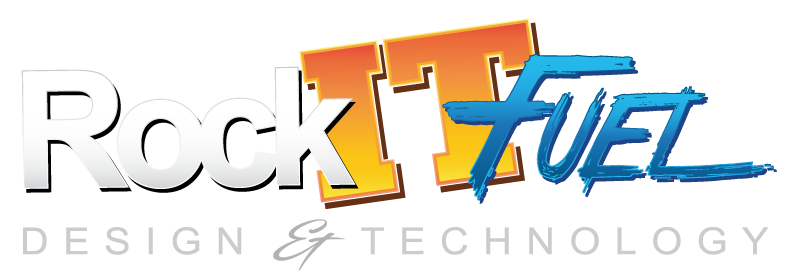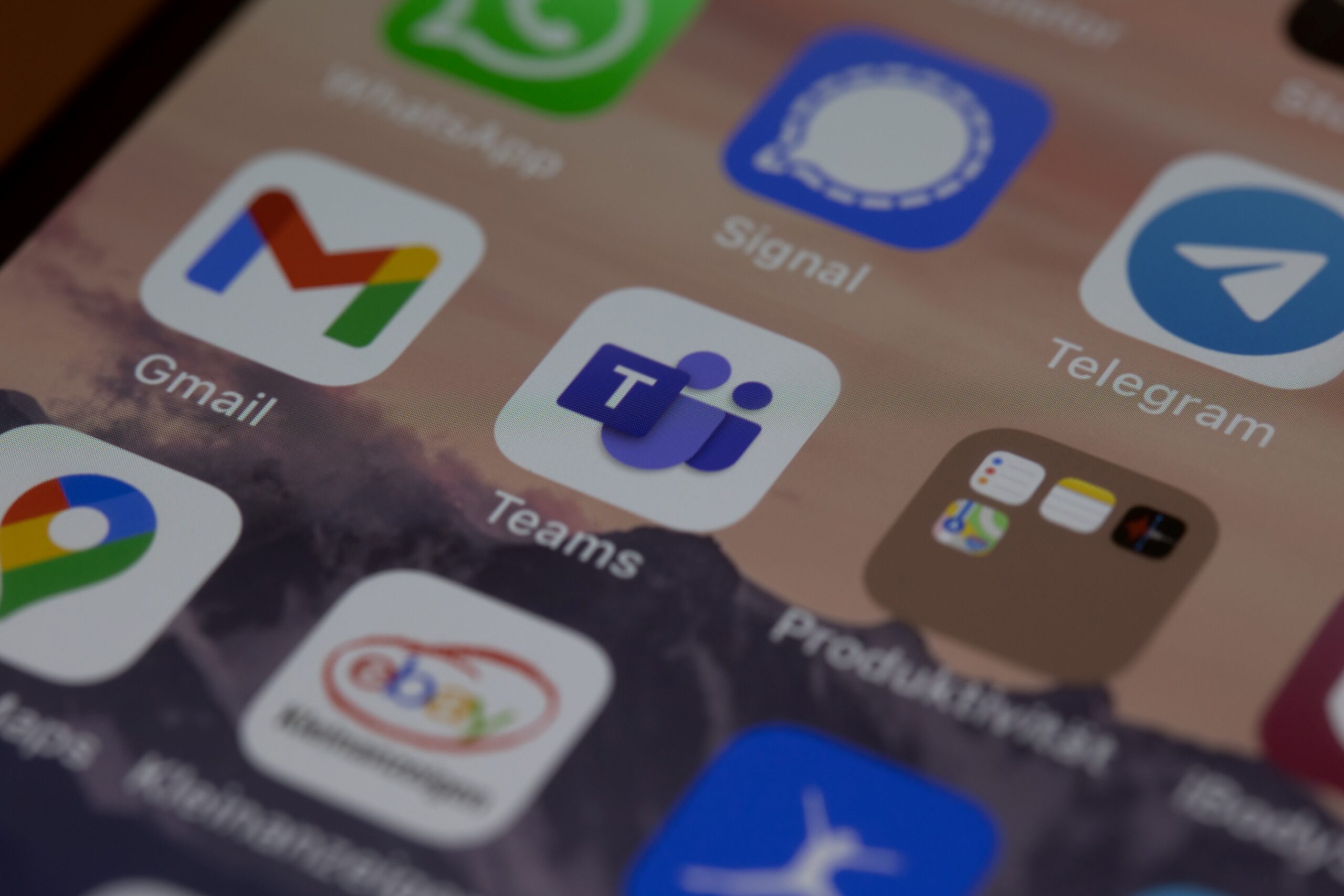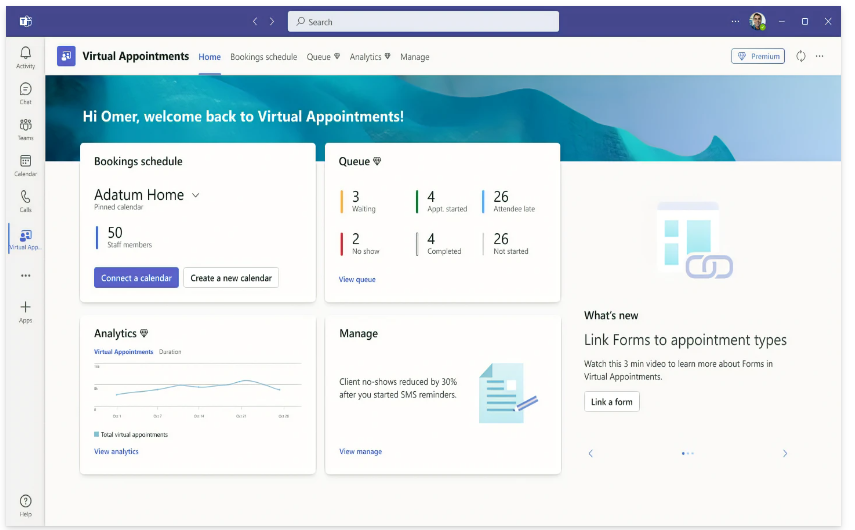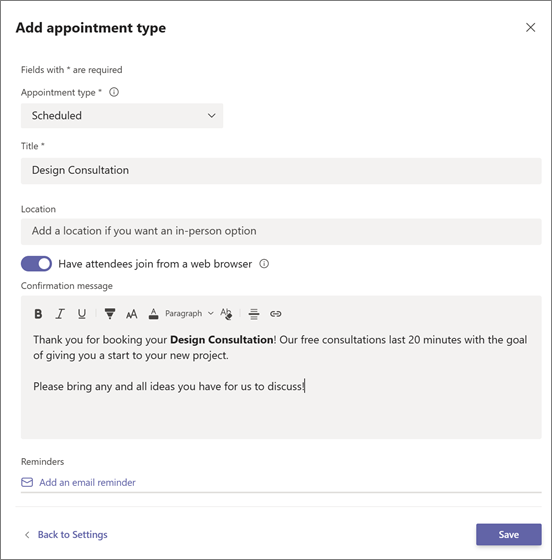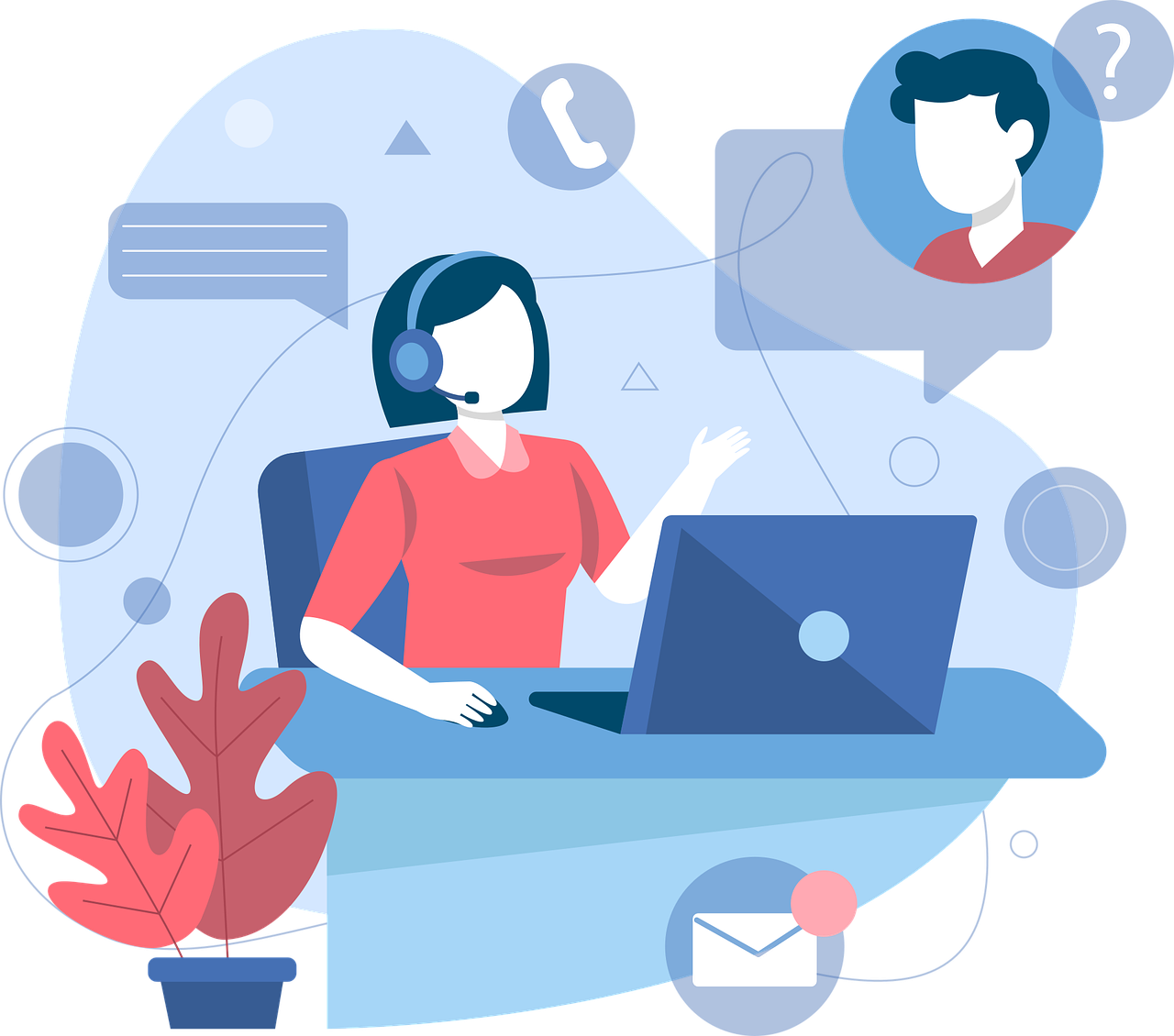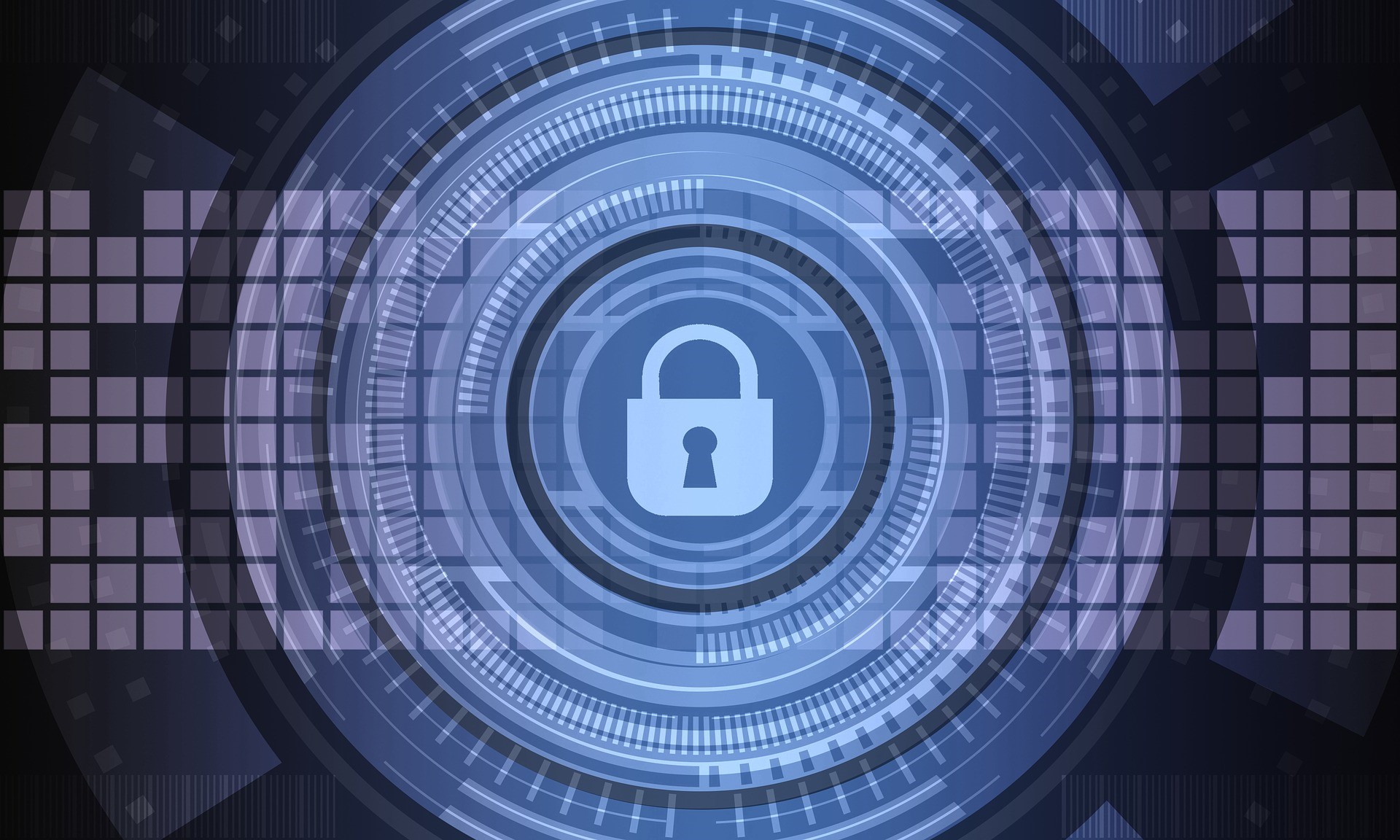Month: May 2023
The number of apps and web tools that employees use on a regular basis continues to increase. Most departments have about 40-60 different digital tools that they use. 71% of employees feel they use so many apps that it makes work more complex.
Many of the apps that we use every day have various alerts. We get a “ping” when someone mentions our name on a Teams channel. We get a notification popup that an update is available. We get an alert of errors or security issues.
App fatigue is a very real thing and it’s becoming a cybersecurity problem. The more people get overwhelmed by notifications, the more likely they are to ignore them.
Just think about the various digital alerts that you get. They come in:
- Software apps on your computer
- Web-based SaaS tools
- Websites where you’ve allowed alerts
- Mobile apps and tools
- Email banners
- Text messages
- Team communication tools
Some employees are getting the same notification on two different devices. This just adds to the problem. This leads to many issues that impact productivity and cybersecurity.
Besides alert bombardment, every time the boss introduces a new app, that means a new password. Employees are already juggling about 191 passwords. They use at least 154 of them sometime during the month.
How Does App Fatigue Put Companies at Risk?
Employees Begin Ignoring Updates
When digital alerts interrupt your work, you can feel like you’re always behind. This leads to ignoring small tasks seen as not time-sensitive. Tasks like clicking to install an app update.
Employees overwhelmed with too many app alerts, tend to ignore them. When updates come up, they may quickly click them away. They feel they can’t spare the time right now and aren’t sure how long it will take.
Ignoring app updates on a device is dangerous. Many of those updates include important security patches for found vulnerabilities. When they’re not installed, the device and its network are at a higher risk. It becomes easier to suffer a successful cyberattack.
Employees Reuse Passwords (and They’re Often Weak)
Another security casualty of app fatigue is password security. The more SaaS accounts someone must create, the more likely they are to reuse passwords. It’s estimated that passwords are typically reused 64% of the time.
Credential breach is a key driver of cloud data breaches. Hackers can easily crack weak passwords. The same password used several times leaves many accounts at risk.
Employees May Turn Off Alerts
Some alerts are okay to turn off. For example, do you really need to know every time someone responds to a group thread? Or just when they @name you? But, turning off important security alerts is not good.
There comes a breaking point when one more push notification can push someone over the edge. They may turn off all the alerts they can across all apps. The problem with this is that in the mix of alerts are important ones. Such as an anti-malware app warning about a newly found virus.
What’s the Answer to App Fatigue?
It’s not realistic to just go backward in time before all these apps were around. But you can put a strategy in place that puts people in charge of their tech, and not the other way around.
Streamline Your Business Applications
From both a productivity and security standpoint, fewer apps are better. The fewer apps you have, the less risk. Also, the fewer passwords to remember and notifications to address.
Look at the tools that you use to see where redundancies may be. Many companies are using two or more apps that can do the same function.
Consider using an umbrella platform like Microsoft 365 or Google Workspace. These platforms include several work tools, but users only need a single login to access them.
Have Your IT Team Set up Notifications
It’s difficult for users to know what types of notifications are the most important. Set up their app notifications for them. This ensures they aren’t bombarded yet are still getting the important ones.
Automate Application Updates
A cybersecurity best practice is to automate device and software updates. This takes the process out of employees’ hands. It enhances productivity by removing unnecessary updates from their view.
Automating device updates through a managed services solution improves security. It also mitigates the chance there will be a vulnerable app putting your network at risk.
Open a Two-Way Communication About Alerts
Employees may never turn off an alert because they’re afraid they might get in trouble. Managers may not even realize constant app alert interruptions are hurting productivity.
Communicate with employees and let them know they can communicate with you. Discuss how to use alerts effectively. As well as the best ways to manage alerts for a better and more productive workday.
Need Help Taming Your Cloud App Environment?
Today, it’s easy for cloud tools to get out of hand. Get some help consolidating and optimizing your cloud app environment. Give us a call today.
This Article has been Republished with Permission from The Technology Press.
You wouldn’t think a child’s toy could lead to a breach of your personal data. But this happens all the time. What about your trash can sitting outside? Is it a treasure trove for an identity thief trolling the neighborhood at night?
Many everyday objects can lead to identity theft. They often get overlooked because people focus on their computers and cloud accounts. It’s important to have strong passwords and use antivirus on your PC. But you also need to be wary of other ways that hackers and thieves can get to your personal data.
Here are six common things that criminals can use to steal your information.
Old Smart Phones
People replace their smartphones about every two and a half years. That’s a lot of old phones laying around containing personal data.
Just think of all the information our mobile phones hold. We have synced connections with cloud services. Phones also hold banking apps, business apps, and personal health apps. These are all nicely stored on one small device.
As chip technology has advanced, smartphones have been able to hold more “stuff.” This means documents and spreadsheets can now be easily stored on them. Along with reams of photos and videos.
A cybercriminal could easily strike data theft gold by finding an old smartphone. They often end up at charity shops or in the trash. Make sure that you properly clean any old phones by erasing all data. You should also dispose of them properly. You shouldn’t just throw electronics away like normal garbage.
Wireless Printers
Most printers are wireless these days. This means they are part of your home or work network. Printing from another room is convenient. But the fact that your printer connects to the internet can leave your data at risk.
Printers can store sensitive documents, such as tax paperwork or contracts. Most people don’t think about printers when putting data security protections in place. This leaves them open to a hack. When this happens, a hacker can get data from the printer. They could also leverage it to breach other devices on the same network.
Protect printers by ensuring you keep their firmware updated. Always install updates as soon as possible. You should also turn it off when you don’t need it. When it’s off it’s not accessible by a hacker.
USB Sticks
Did you ever run across a USB stick laying around? Perhaps you thought you scored a free removable storage device. Or you are a good Samaritan and want to try to return it to the rightful owner. But first, you need to see what’s on it to find them.
You should never plug a USB device of unknown origin into your computer. This is an old trick in the hacker’s book. They plant malware on these sticks and then leave them around as bait. As soon as you plug it into your device, it can infect it.
Old Hard Drives
When you are disposing of an old computer or old removable drive, make sure it’s clean. Just deleting your files isn’t enough. Computer hard drives can have other personal data stored in system and program files.
Plus, if you’re still logged into a browser, a lot of your personal data could be at risk. Browsers store passwords, credit cards, visit history, and more.
It’s best to get help from an IT professional to properly erase your computer drive. This will make it safe for disposal, donation, or reuse.
Trash Can
Identity theft criminals aren’t only online. They can also be trolling the neighborhood on trash day. Be careful what you throw out in your trash.
It’s not unusual for garbage to enable identity theft. It can include pre-approved credit card offers that you considered “junk mail.” Your trash can also hold voided checks, old bank statements, and insurance paperwork. Any of these items could have the information thieves need to commit fraud or pose as you.
A shredder can be your best friend in this case. You should shred any documents that contain personal information. Do this before you throw them out. This extra step could save you from a costly incident.
Children’s IoT Devices
Electronic bears, smart kid watches, Wi-Fi-connected Barbies… all toys that hackers love. Mattel’s Hello Barbie was found to enable the theft of personal information. A hacker could also use its microphone to spy on families.
These futuristic toys are often what kids want. Parents might think they’re cool, but don’t consider their data security. After all, these are children’s toys. But that often means they can be easier to hack. Cybercriminals also zero in on these IoT toys, knowing they aren’t going to be as hard to breach.
You should be wary of any new internet-connected devices you bring into your home. That includes toys! Install all firmware updates. Additionally, do your homework to see if a data breach has involved the toy.
Schedule a Home IT Security Audit & Sleep Better at Night
Don’t let the thought of identity theft keep you up at night. Give us a call today and schedule a home IT security audit. You’ll be glad you did.
This Article has been Republished with Permission from The Technology Press.
Scheduling appointments is a common activity. Salespeople often set up virtual appointments to answer questions about a product. Software companies allow people to schedule live demos. Telehealth therapists allow clients to book video sessions.
Those are just a few examples of some groups that are going to love a new Microsoft Teams feature. Virtual Appointments was recently added to the platform. It adds a new meeting style tailored for engagements with customers.
Have you’ve been using Teams and a different online appointment app? This new feature will streamline the experience.
What Is Virtual Appointments in Teams?
Virtual Appointments gives you an all-in-one meeting platform for customer engagements. You can schedule, manage and conduct B2C meetings in Microsoft Teams.
This new feature brings together the scheduling component with the video conference interface. Anyone with the link can join the virtual appointment. They do not need a Teams account.
The power of Microsoft’s scheduling app, Bookings, connects to Teams. This makes the Virtual Appointments function as seamless as possible.
Some of the features below will be available with any Microsoft 365 plan. Some are available with a premium plan.
Teams Virtual Appointments Features
Manage Scheduled Appointments
You can see your scheduled appointments in a single view. Manage cancellations and time changes easily.
Send Customized Confirmations & Reminders
You can send customers a customized message via SMS or email. This personalizes the experience for them. You can also use automation to give that personal touch without having to send each one manually. Automated appointment reminders are another time-saving function.
Customized Waiting Room
Add a personal touch to your virtual engagements. You can customize the Teams waiting room. You can use themes and logos to brand your business. You can also chat with attendees while in the lobby waiting room. This is helpful if your current appointment is running a little long. You can let them know you’ll be right with them.
Meeting Follow-ups
You can send meeting follow-ups after a virtual appointment. This helps you reduce the time it takes to send any promised follow-up information. You also keep all details in a single place. This makes your client communication trail easier to follow.
Organization & Department Analytics
How effective are your appointments? It’s hard to know if your demos are resulting in sales if you don’t have a good tracking system. It’s also important to have visibility into customer appointments across the organization.
You can do this with a premium analytics feature. It gives you helpful reporting. The reporting provides insights into B2C virtual appointments in all departments.
How to Use Virtual Appointments
To start using Virtual Appointments in Teams, admins must set up a few things. Note, they must be a Bookings admin to access these settings.
Create a Calendar
In the Virtual Appointments app choose to “Create a calendar.” You can find this option on the Home tab.
Larger organizations may wish to create different calendars for different departments.
Add Staff
Next, add staff members. You can add up to 100. You will also need to assign them a role. Once you’ve added your staff, you can view their availability in both Teams and Outlook.
What’s another nice thing about using an integrated platform like M365? It’s the cross-app compatibility. Your calendar syncs across apps.
Create Appointment Types
You’ll next set up your appointment types. You can choose from these two options:
- Scheduled: You schedule the day/time. The system adds this information to the email confirmation.
- On-demand (Teams Premium): Customers can choose when to meet from your booking calendar.
Set Up SMS Notifications (If desired)
If you choose to use SMS notifications and have the right Teams plan, you can set this up next. This allows you to easily send appointment confirmations and reminders via text message.
Note: Attendees currently need a valid U.S., Canadian, or U.K. phone number to receive the SMS notifications.
Link Forms (If desired)
If you would like your attendees to fill out any forms, you can link them now. Virtual Appointments allows linking up to four cloud-based forms. These would be forms you have created in Microsoft Forms.
Publish Your Booking Page
If you want to give customers the ability to book on-demand appointments, take this next step. You will need to publish the booking page. You do this on the “Manage” tab of Virtual Appointments. Select “Booking page,” and turn on “Publish booking page.”
Get Help Using Your Microsoft 365 Tools More Effectively
Microsoft 365 is a platform with many possibilities. Often, companies aren’t using all the features they could. As a result, their team may be less effective. They could also be wasting money on apps they don’t need.
Are you interested in help supercharging your Microsoft 365 experience? Give us a call today to set up a meeting.
This Article has been Republished with Permission from The Technology Press.
At the beginning of each year, a group of global innovators meets. They introduce and show off breakthrough technologies. It’s done at the Consumer Electronics Show (CES), which is typically held each January in the U.S.
This year, over 3,200 exhibitors from 173 countries showed off the future. Giving us a glimpse of what could show up in our homes offices, living rooms, or kitchens. The show includes both wacky and very sensible inventions. All designed to push the limits and expand how we use technology.
People love their gadgets, so it’s always exciting to see the new tech that CES showcases. It’s estimated that the global smart home household penetration was 14.2% in 2022. By 2027, it’s expected to more than double to 28.8%.
What new gadgets did innovators introduce at this year’s Consumer Electronics Show? Here’s a rundown of some standouts that you may want to check out.
Loona – Intelligent Petbot
Do you love the thought of having a pet, but not the mess? Can’t have one because of where you live? Loona might be your answer. The developer promotes this smart gadget as “the most intelligent petbot.” It’s currently gathering funding through a Kickstarter campaign.

The cute little motorized pseudo pet can welcome you. It can also follow you when you walk around, sneeze, scratch, and much more. Just like a dog or cat, Loona investigates suspicious objects. Unlike most pets can beatbox, pose for pictures, and dance.
Ring Car Cam
Another consumer IoT device displayed at CES is already for sale on Amazon. It’s the Ring Car Cam, which takes the popular doorbell cam concept on the road with you.
This small internet-connected video cam has dual-facing cameras. It can capture images in the car and on the road. It includes two-way talk to connect with loved ones at home. It also has motion detection and real-time motion alerts.
AtmosGear Electronic Skates
If you’re feeling brave, you can soon strap on a pair of electric inline roller skates. AtmosGear introduced the skates at CES. It expects to begin shipping them starting in May of 2023.
The skates can get up to speeds of 25 km/H (15.5 MPH) and can reach a full charge in about an hour. The “skate” is actually a motorized frame that you can attach to “all roller boots.”
Tilt Five Augmented Reality Glasses
If you’ve been waiting to use augmented reality (AR) outside a video game, your chance may be here. Tilt Five introduced an AR glasses system that connects to a computer device. It can be used on board games as well as video games.
Ready to bring some holographic life to your tabletop play? The system includes the glasses and a board game. The glasses look somewhat like heavy-duty safety glasses. Both interact to bring an AR element into the real world.
Jabra Enhance™ Plus
This earbud/hearing aid combo can be very helpful to those with hearing loss. Jabra Enhance Plus are earbuds that offer a 3-in-1 experience. You can use them for listening to music, phone calls, and for hearing enhancement.
The small design makes them discrete, and they are also designed to be easy to use. They include state-of-the-art technology to provide superior audio clarity.
Hasbro Selfie Series Figures
Have you secretly wished to have your own action figure…of you! Hasbro has you covered with its new Selfie Series. You can use your phone’s camera to upload a pic and choose from figures based on several franchises.
Make a figure of yourself from these universes:
- G.I. Joe
- Ghostbusters
- Power Rangers
- Marvel
- Star Wars
Use your smartphone and Habro’s app to customize your new digitized figure. Then all you have to do is buy it and wait for it to arrive.
Twinkly Squares
Twinkly Squares are like the Lite-Bright toy all grown up. The squares allow you to add panels of colored and automated lights to any wall. They’re great for a home office or to add a pop of color to any space.
Because these are IoT gadgets, you can also program and control them. Create digital artwork, have them sync with music, or use their voice feature.
Xebec Tri-Screen 2
Do you wish you had more screen space on your laptop? Don’t like the uneven feel of using a second monitor that is higher than your laptop screen? Then Xebec’s Tri-Screen 2 may be your answer.
This gadget enables you to expand your laptop screen on both sides. It sits behind the screen and expands the screen space both left and right.
Don’t Introduce Smart Tech Into Your Home without Security
New electronic gadgets and home tech can be great. They can also expose your network to security risks. Get help from a pro. Give us a call for a home security audit.
This Article has been Republished with Permission from The Technology Press.
Customers look for convenience. In today’s world that means technology that makes their life easier. From webforms to POS systems, you need to keep the customer experience in mind in all you do.
When people aren’t happy with their experience interacting with a company, they leave. And their experience might not have anything to do with your products or services. Maybe they found it hard to navigate your website. They may have a question, but no one was around to answer it.
Customers expect you to make it easy for them to do business with you. Companies that do that, reap the benefits. Customer-centric companies are 60% more profitable than those that aren’t.
Technology is key to converting website visitors into clients. It’s also key for keeping customers happy and returning to buy again.
Where should you focus? Below are several ideas for all business budgets.
Cloud Forms
Are you still emailing forms in Microsoft Word to your customers? Using cloud-based forms makes the experience much better. Your customer doesn’t need to save a form to their computer and remember to email it back. Instead, they can follow a link and fill out the info online from any device.
Moving your forms to the cloud makes it easier for you as well. The form data comes in automatically. These systems also collate forms and provide analytics.
If you use Microsoft 365, then you already have a cloud form tool. Look for Microsoft Forms in your available applications or visit Microsoft’s site.
Digital Signatures
Experts expect the use of eSignatures to grow by 69% by 2024. The ability to digitally sign documents means more contracts get signed. People don’t have to print out a form, sign it, then scan it back in. Any of those activities could mean a bump in the road.
Printers run out of ink. People have trouble with a scanner they rarely use. The list goes on. Any problem can mean a customer rethinks signing a document that you need.
Using digital signatures streamlines the process. You can handle the transaction online. You also ensure you have a legally binding signature.
Smart Chatbot
When someone makes a buying decision, they often have a question. If they don’t have a quick and easy way to get an answer, they may go elsewhere.
Chatbots are really smart these days. If you program them right, they can answer a large percentage of repeat questions. They’re there 24/7 on your website ready to help in a moment of need.
Many customers actually like them. About 68% of consumers are happy using helpful chatbots. They say they like that they get a fast answer from a bot. This isn’t always the case when customers send an email.
SMS Notifications
SMS notifications are another type of technology that can improve customer experience. Emails have become flooded with junk mail. When someone needs to know about a shipment or purchase, they often prefer it by text. This way the message isn’t missed.
Think about implementing SMS notifications for important customer alerts. Make sure you have an opt-in and opt-out method. It’s also a best practice to let the customer choose which alerts they want to receive. Such as payment notifications, sales, or shipping details.
Business Mobile App
People have been in a transition from websites to apps for a while. Of course, the internet isn’t going away, but apps are gaining ground. A big reason for this is the rise of smartphone use.
Smartphone searches are overtaking web searches. And when people are on a mobile device they prefer apps over websites. Studies show that mobile users spend 90% of their time using apps, and just 10% using an internet browser.
Think about implementing a mobile app for your business. This can make it easier for customers to do business with you. It also gives you more marketing and service capabilities, such as push notifications.
If you’re on a tight budget, you could start with a “wrapper” app. These are solutions that take your existing website and transform it into an app.
FAQ Kiosk
For retail stores, having an FAQ kiosk available can provide a positive experience. It can allow customers to get questions answered quickly. It could also help them look up sales and coupons.
Service businesses can also benefit by using this digital tool. They can use it for commonly asked questions. They can also use it to direct clients to staff offices.
VoIP Phone System
You might think of your phone system as an internal piece of IT. But it’s also one of your most customer-facing technologies. The experience people get when they call is a vital part of how they view your business.
VoIP phone systems give staff the flexibility to help customers anywhere. This is true even when away from their desks. They also enable things like group ring, auto-attendant, and voicemail to email. All these features make for better caller interaction with your business.
Get Help Planning Your Technology Roadmap
Which technology upgrades will benefit your bottom line the most? How should new systems integrate into existing solutions? These are some of the things we look at when helping you look ahead to the future. Give us a call today to schedule a chat.
This Article has been Republished with Permission from The Technology Press.
Once data began going digital, authorities realized a need to protect it. Thus, the creation of data privacy rules and regulations to address cyber threats. Many organizations have one or more data privacy policies they need to meet.
Those in the U.S. healthcare industry and their service partners need to comply with HIPAA. Anyone collecting payment card data must worry about PCI-DSS. GDPR is a wide-reaching data protection regulation. It impacts anyone selling to EU citizens.
Industry and international data privacy regulations are just the tip of the iceberg. Many state and local jurisdictions also have their own data privacy laws. Organizations must be aware of these compliance requirements. But they also need to know about updates to these rules.
By the end of 2024, about 75% of the population will have its data protected by one or more privacy regulations.
Authorities enact new data privacy regulations all the time. For example, in 2023, four states will have new rules. Colorado, Utah, Connecticut, and Virginia will begin enforcing new data privacy statutes.
Businesses must stay on top of their data privacy compliance requirements. Otherwise, they can suffer. Many standards carry stiff penalties for a data breach. And if security was lacking, fines can be even higher.
The Health Insurance Portability and Accountability Act (HIPAA) uses a sliding scale. Violators can be fined between $100 to $50,000 per breached record. The more negligent the company is, the higher the fine.
Does all that sound scary?
Don’t worry, we have some tips below for you. These can help you keep up with data privacy updates coming your way.
Steps for Staying On Top of Data Privacy Compliance
1. Identify the Regulations You Need to Follow
Does your organization have a list of the different data privacy rules it falls under? There could be regulations for:
- Industry
- Where you sell (e.g., if you sell to the EU)
- Statewide
- City or county
- Federal (e.g., for government contractors)
Identify all the various data privacy regulations that you may be subject to. This helps ensure you’re not caught off guard by one you didn’t know about.
2. Stay Aware of Data Privacy Regulation Updates
Don’t get blindsided by a data privacy rule change. You can stay on top of any changes by signing up for updates on the appropriate website. Look for the official website for the compliance authority.
For example, if you are in the healthcare field you can sign up for HIPAA updates at HIPAA.gov. You should do this for each of the regulations your business falls under.
You should have updates sent to more than one person. Typically, your Security Officer or equal, and another responsible party. This ensures they don’t get missed if someone is on vacation.
3. Do an Annual Review of Your Data Security Standards
Companies are always evolving their technology. This doesn’t always mean a big enterprise transition. Sometimes you may add a new server or a new computer to the mix.
Any changes to your IT environment can mean falling out of compliance. A new employee mobile device added, but not properly protected is a problem. One new cloud tool an employee decides to use can also cause a compliance issue.
It’s important to do at least an annual review of your data security. Match that with your data privacy compliance requirements to make sure you’re still good.
4. Audit Your Security Policies and Procedures
Something else you should audit at least annually is your policies and procedures. These written documents that tell employees what’s expected from them. They also give direction when it comes to data privacy and how to handle a breach.
Audit your security policies annually. Additionally, audit them whenever there is a data privacy regulation update. You want to ensure that you’re encompassing any new changes to your requirements.
5. Update Your Technical, Physical & Administrative Safeguards As Needed
When you receive a notification that a data privacy update is coming, plan ahead. It’s best to comply before the rule kicks in, if possible.
Look at three areas of your IT security:
- Technical safeguards – Systems, devices, software, etc.
- Administrative safeguards – Policies, manuals, training, etc.
- Physical safeguards – Doors, keypads, building security, etc.
6. Keep Employees Trained on Compliance and Data Privacy Policies
Employees should be aware of any changes to data privacy policies that impact them. When you receive news about an upcoming update, add this to your ongoing training.
Good cybersecurity practice is to conduct ongoing cybersecurity training for staff. This keeps their anti-breach skills sharp and reminds them of what’s expected.
Include updates they need to know about so they can be properly prepared.
Remember to always log your training activities. It’s a good idea to log the date, the employees educated, and the topic. This way, you have this documentation if you do suffer a breach at some point.
Get Help Ensuring Your Systems Meet Compliance Needs
Data privacy compliance can be complex. But you don’t have to figure it all out yourself. Our team is well-versed in compliance needs. Give us a call today to schedule a chat.
This Article has been Republished with Permission from The Technology Press.


